Surgical Options for Pets with Severe Eyelid Entropion: What Owners Need to Know
Eyelid entropion is a painful condition in which the eyelid rolls inward, causing the eyelashes and fur to rub against the eye. This constant irritation can lead to discomfort, excessive tearing, corneal ulcers, and even permanent vision loss. While mild cases may be managed with lubricating drops or temporary procedures, surgery is the definitive treatment for moderate to severe entropion.
At Veterinary Vision Center in Shreveport, LA, we specialize in advanced ophthalmic surgical care to correct entropion, restore comfort, and preserve vision. If your pet is showing signs of eye squinting, redness, or excessive tearing, surgical intervention may be the best option.
Understanding Eyelid Entropion in Pets
Why Does Entropion Develop?
Entropion can be congenital (inherited) or acquired due to age, trauma, or chronic inflammation. Certain breeds are genetically predisposed due to excess facial skin or prominent eyes.
Dog Breeds at Higher Risk:
- Shar-Peis, Bulldogs, Retrievers, Rottweilers, Chow Chows
- Brachycephalic breeds (Pugs, Boxers)
Cat Breeds at Higher Risk:
- Persians, British Shorthairs, Burmese
Common Causes of Acquired Entropion:
- Chronic eye infections leading to scarring.
- Nerve damage or facial paralysis causing eyelid laxity.
- Trauma or previous surgery affecting eyelid function.
- Aging-related changes in facial structure.
More on ophthalmic conditions: ACVO: Common Eye Diseases
When Is Surgery Necessary?
Mild entropion may be managed temporarily with lubricating drops or eyelid tacking in young pets. However, permanent correction is recommended when:
- Your pet constantly squints or rubs their eyes.
- Tearing, mucoid discharge, or chronic eye infections are present.
- Corneal ulcers or scarring have developed from persistent irritation.
- Medication alone isn’t providing long-term relief.
Surgical Techniques for Entropion Correction
At Veterinary Vision Center, we use specialized surgical techniques to reshape the eyelid and restore normal function. The choice of procedure depends on the severity, breed, and underlying cause.
1. Hotz-Celsus Procedure (Most Common for Dogs & Cats)
- A small crescent-shaped section of skin is removed below the eyelid.
- The edges are sutured together to roll the eyelid outward, eliminating irritation.
- Highly effective for mild to moderate congenital entropion.
2. Wedge Resection (For Severe Eyelid Folding)
- A larger full-thickness section of eyelid is removed.
- Often used in older pets with significant tissue laxity or excessive facial skin folds.
3. Eyelid Tacking (For Puppies & Kittens)
- Temporary sutures hold the eyelid in place while the facial structure matures.
- Often used for young Shar-Peis or foals with mild entropion.
4. Medial Canthoplasty (For Brachycephalic Breeds)
- Used for Bulldogs, Pugs, and Persian cats that have entropion affecting the inner corner of the eye (medial entropion).
- Reduces corneal exposure and prevents chronic keratitis (inflammation of the cornea).
5. CO2 Laser Ablation (For Precision Adjustments & Faster Healing)
- Minimizes post-operative inflammation and discomfort.
- Often used to refine surgical results in delicate cases.
More on entropion surgical techniques: Colorado State University VTH
Post-Surgical Recovery: What to Expect
Immediate Post-Surgical Care
- Topical antibiotic ointments to prevent infection.
- Oral anti-inflammatory medication to control swelling and discomfort.
- E-collar (cone) use to prevent rubbing and scratching.
Healing Timeline
- 48–72 hours: Swelling and redness begin to subside.
- 10–14 days: Sutures are removed.
- 3–4 weeks: Full healing with noticeable improvement in comfort and vision.
Potential Complications & Follow-Up Care
Overcorrection can cause ectropion (outward rolling eyelid), requiring additional adjustments.
If your pet continues to squint or show signs of discomfort after surgery, a follow-up appointment is necessary.
Cost and Insurance Coverage for Entropion Surgery
Factors Affecting Cost:
- Severity of entropion (single vs. bilateral correction).
- Additional procedures required (CO2 laser refinement, canthoplasty).
- Post-operative medications and follow-up visits.
Does Pet Insurance Cover Entropion Surgery?
- Most comprehensive pet insurance plans cover entropion if it is not pre-existing.
- Some policies differentiate between congenital and acquired cases, so check coverage details.
The Importance of Early Diagnosis & Surgery
Untreated entropion can lead to:
- Permanent corneal scarring and vision loss.
- Chronic eye pain and irritation.
- Higher risk of corneal perforation from ulcers.
By correcting entropion early, we can prevent these complications and improve your pet’s long-term comfort and quality of life.
Schedule an appointment for an eye exam today.
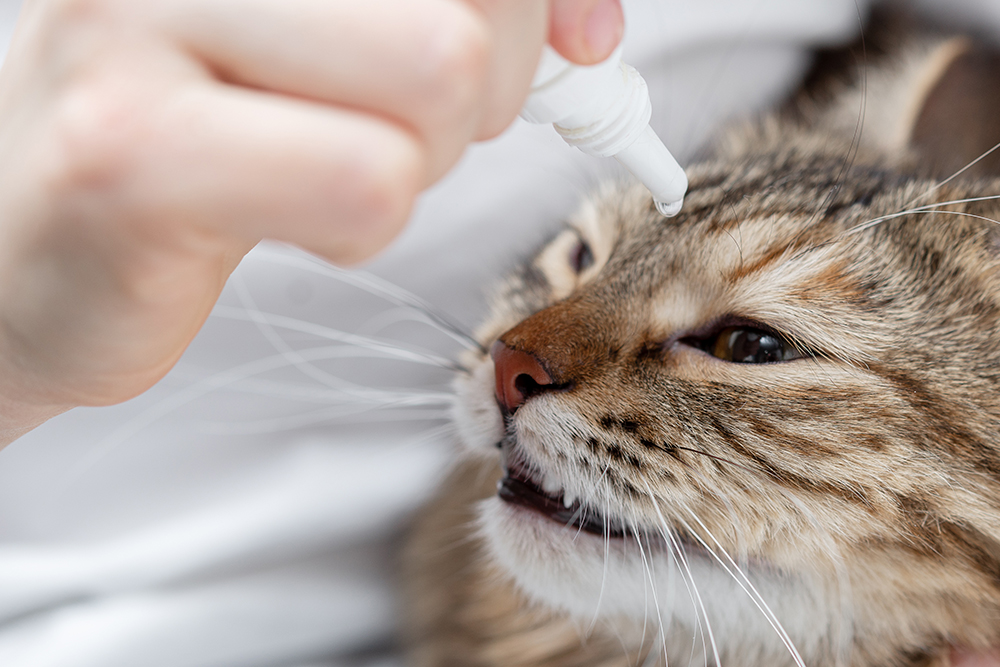
Frequently Asked Questions (FAQs) About Entropion Surgery
Q. Will my pet’s vision improve after surgery?
A. Yes! Most pets experience immediate relief from irritation, and vision improves as inflammation subsides.
Q. How long does my pet need to wear an e-collar after surgery?
A. Typically 10–14 days to prevent rubbing and scratching the surgical site.
Q. Can entropion return after surgery?
A. If performed correctly, recurrence is rare. In growing puppies or foals, follow-up surgeries may be necessary as the face matures.
Trust Veterinary Vision Center for Expert Ophthalmic Surgery
At Veterinary Vision Center in Shreveport, LA, our board-certified ophthalmologists provide expert surgical solutions for entropion and other complex eye conditions. We work closely with owners and referring veterinarians to ensure each pet receives the best care possible.
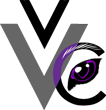

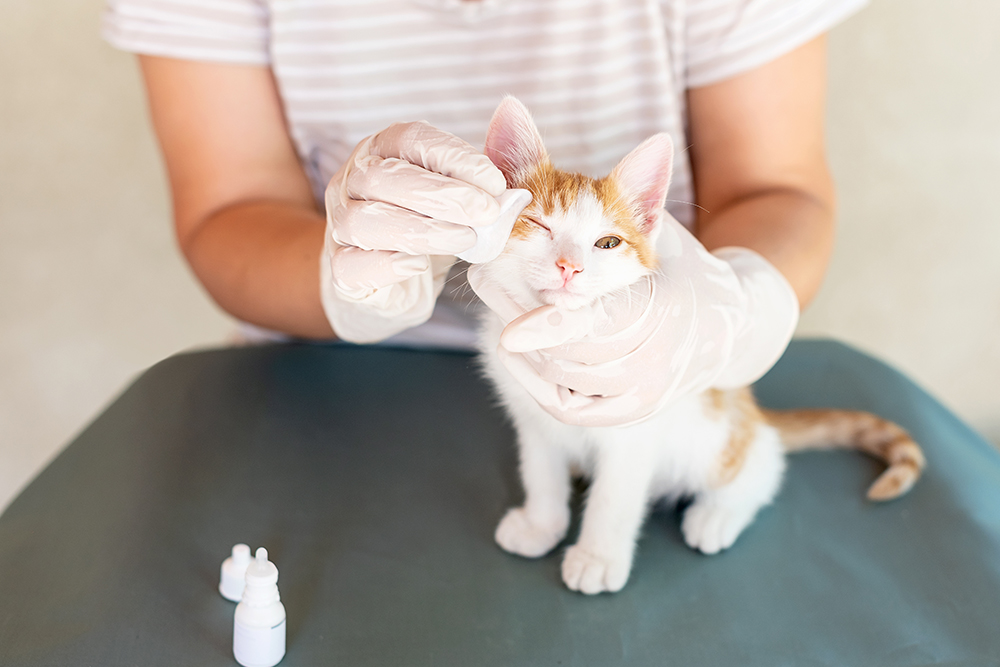


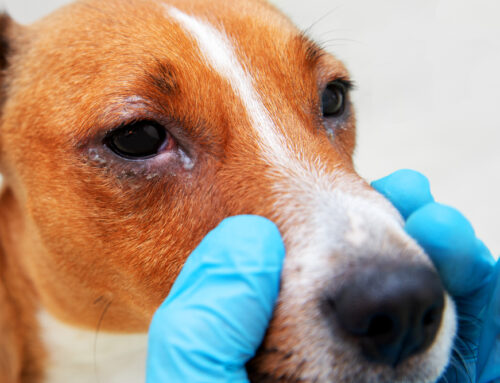
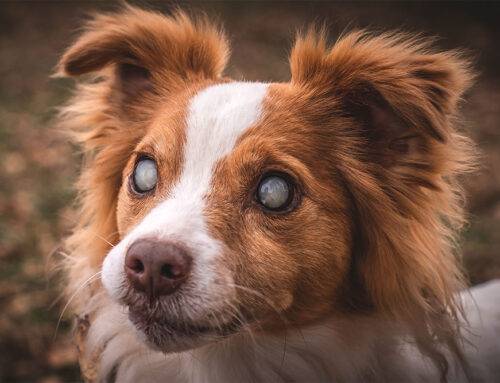
Leave A Comment